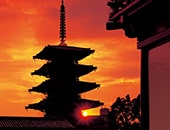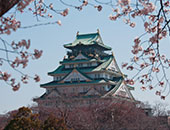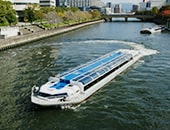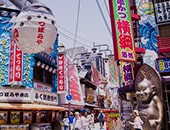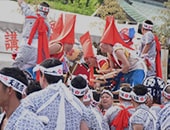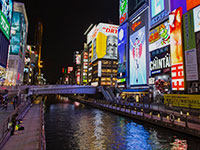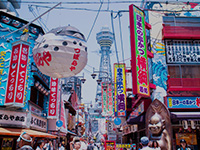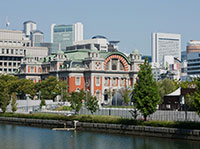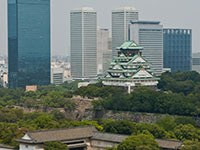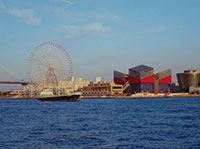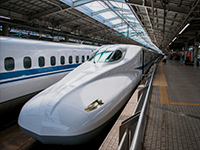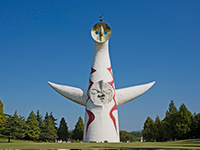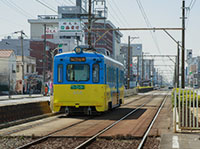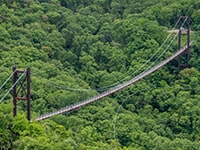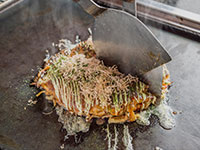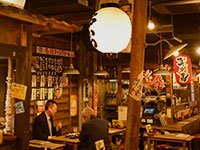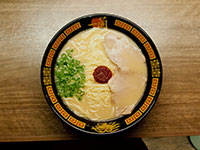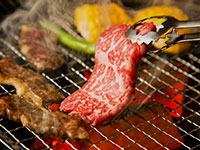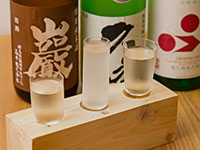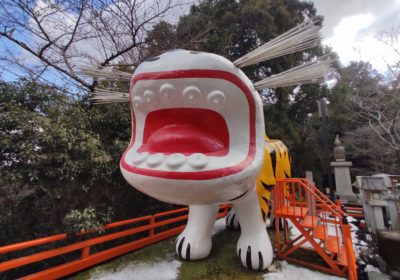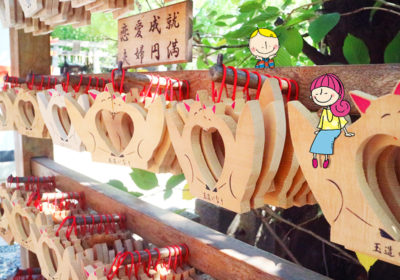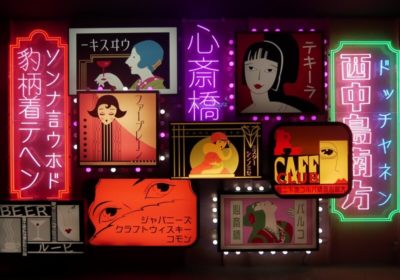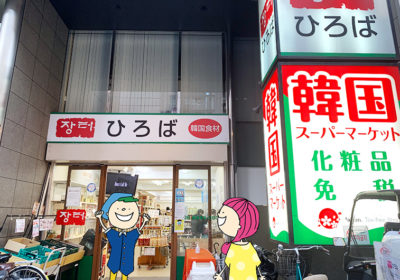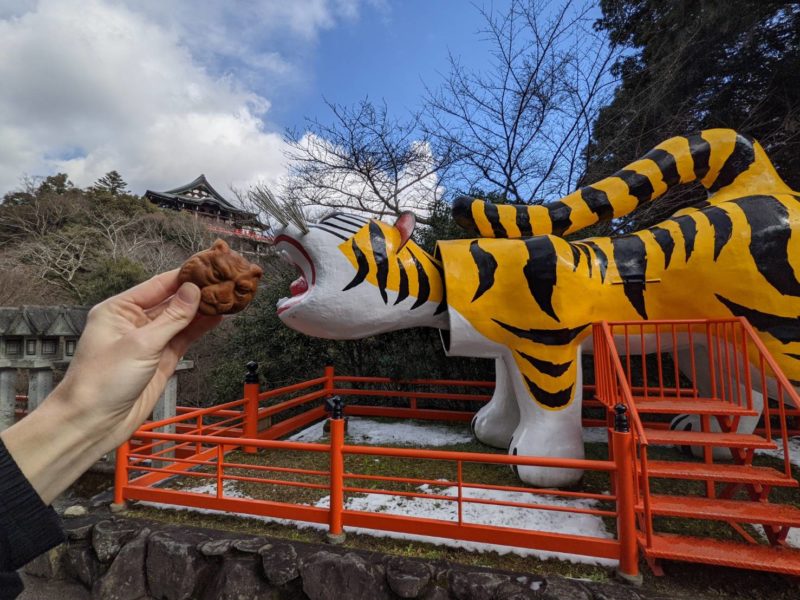

Supporter
Tigers, Tunnels, & So Much More—Day-trip to the Shigisan Temple
Much like Katsuōji in Minoh and Kōyasan in Wakayama, this is one of the most eye-catching unique destinations for a temple retreat near Osaka. And it’s still somewhat under the radar for most travelers. Drawn in by the photogenic tiger statue, I decided to make a trip across up the mountains of Ikoma to this temple complex. Shigisan as it’s colloquially known—Chogosonshiji Temple was well worth the visit. It’s something to consider for your trip to the Kansai region.
[Contents]
Shigisan Temple History
Approximately 1400 years ago Prince Shōtoku Taishi (574–622) stopped at this mountain to pray on his way into battle. His prayers were answered by Bishamonten (Vaisravana), one of the Seven Deities of Good Fortune, who appeared before the prince at the hour of the tiger, on the day of the tiger, in the year of the tiger. Thus a strong relationship with the tiger was forged. It is believed that Prince Shōtoku Taishi’s encounter with Bishamonten gave him the good fortune to win his battles and continue spreading Buddhism throughout the country.
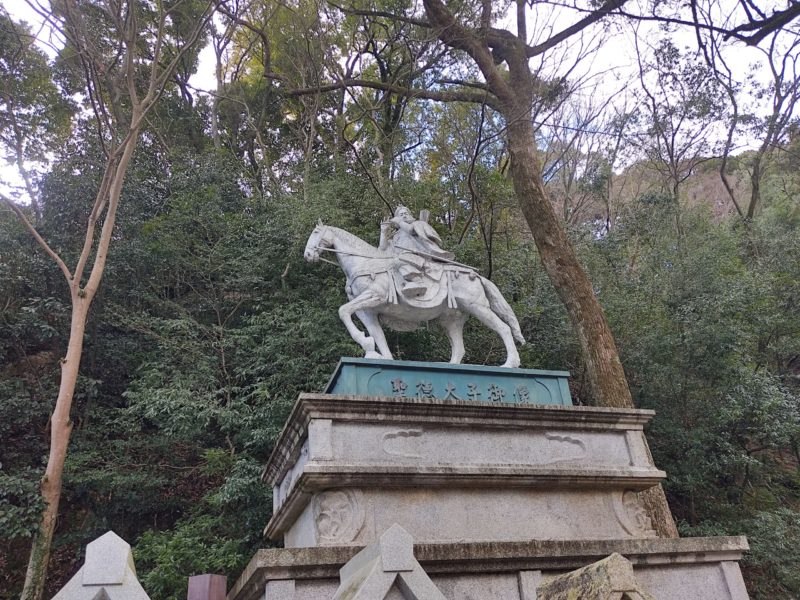
▲Statue of Prince Shōtoku Taishi on horseback at Shigisan Temple
Some years later, a monk named Myoren who lived on Mt. Shigi prayed to restore the good health of Emperor Daigo (885–930). His prayers were answered and the place was given an imperial title, Chogosonshiji, now colloquially called Shigisan, there is a main hall and a number of smaller auxiliary temples on the grounds. The main object of worship is a statue of Bishamonten.
Sights to See at Shigisan
■Byakko White Tiger
As you approach the temple, you’ll notice a large white tiger statue. There is a clear resemblance to the figure’s Chinese origin and its long sleek body and wings almost resemble a dragon. The statue looks out over the West as the white tiger is the guardian deity of this direction.
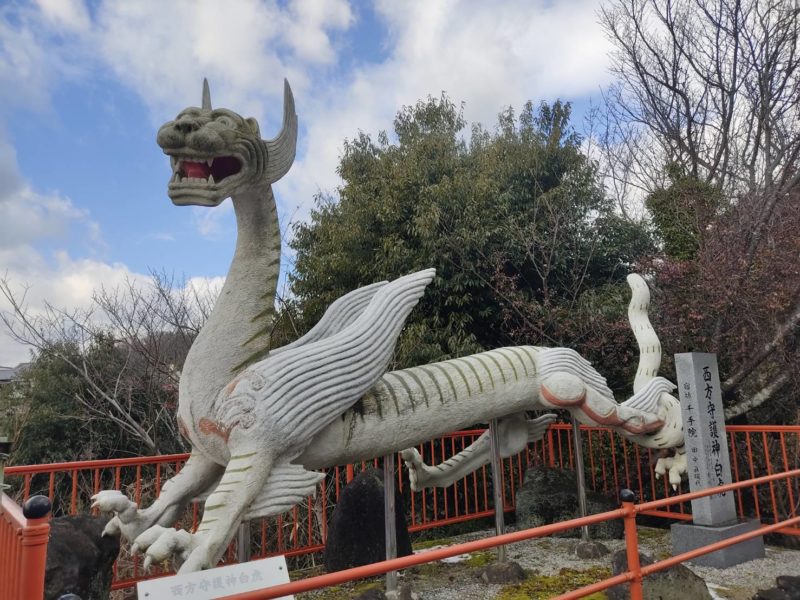
■Hariko Tiger Statues
Just inside the temple gates, a large hariko tiger statue will greet you as you look up towards the Main Hall nestled on the side of the mountains.
Hariko tigers were a paper-mache bobble head toy that became popular in Western Japan in the seventeenth century. They are a symbol of strength and also believed to have the ability to ward off epidemics. This larger than life hariko tiger is always ready for a selfie!
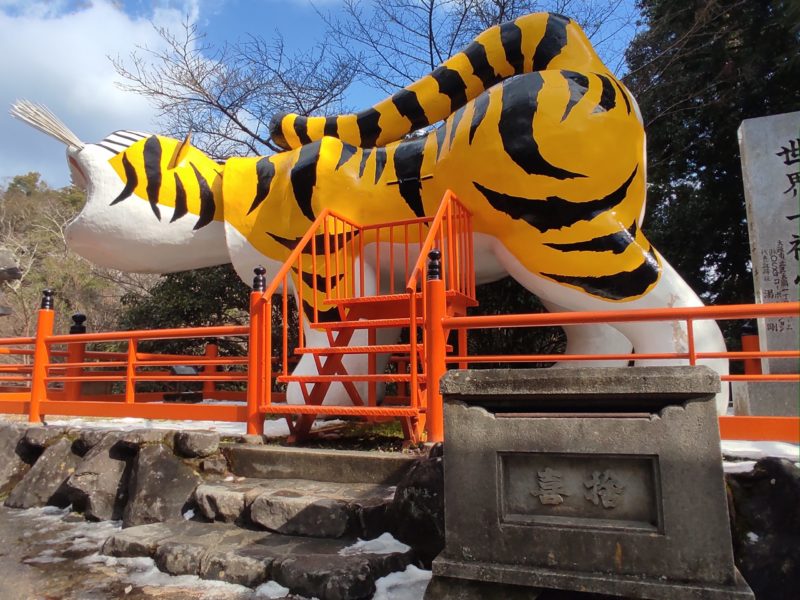
There are two smaller, and arguably cuter, hariko tiger statues right next to the large one at the temple gates.
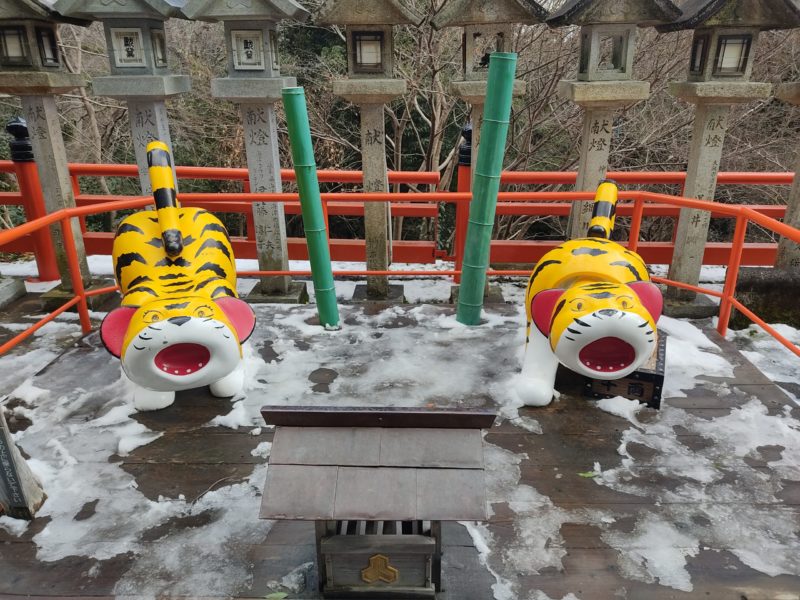
■More Tigers
And the tigers don’t stop there! Tigers are lurking all over the temple grounds. Ranging from the realistic looking to the incredibly adorable; there are even a pair of gold and silver tiger statues.
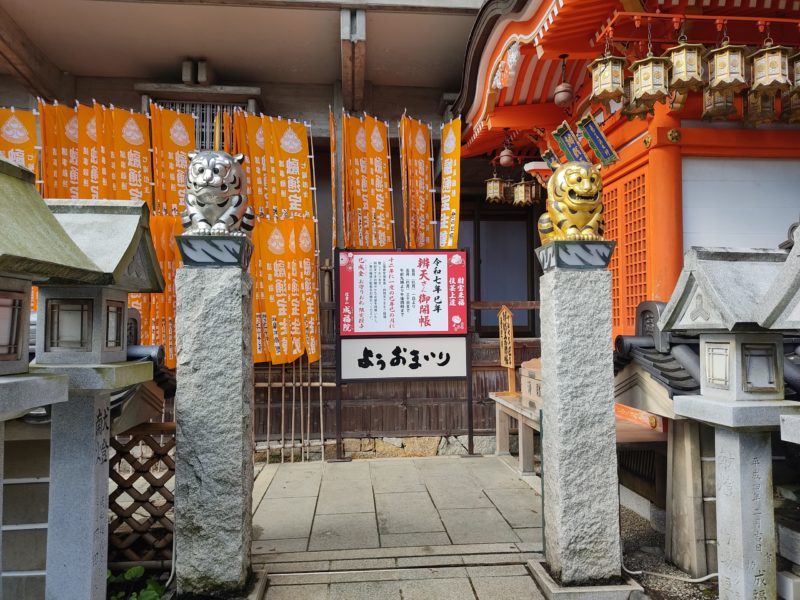
Small hariko tiger charms can be purchased at the temple shop and worshippers can return their tiger charms to the temple once their prayers have been answered.
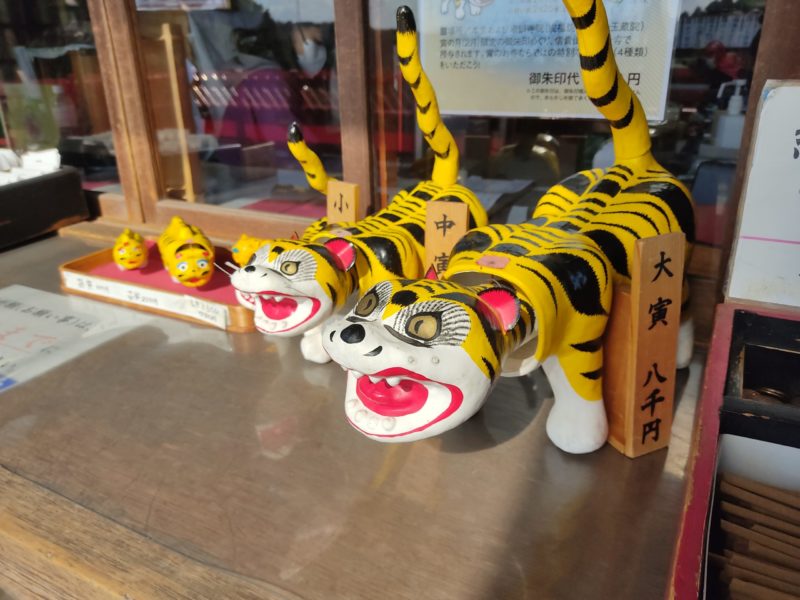
At the temple gate, a small shop sells freshly made tiger-head sweets that are filled with sweet bean paste and the region’s famous Japanese mugwort (yomogi) mochi cakes.

If you have any postcards to mail, pop them inside the tiger post! Mail is collected once a day.

■View from the Butai Deck
The main hall is built atop a large butai-zukuri deck that allows you to look out over the Yamato Plain. The main hall is believed to have been rebuilt by Toyotomi Hideyoshi in 1592, or perhaps by his son Hideyori in 1601, however the main hall that stands before you today is yet another reconstruction that was completed in 1958.
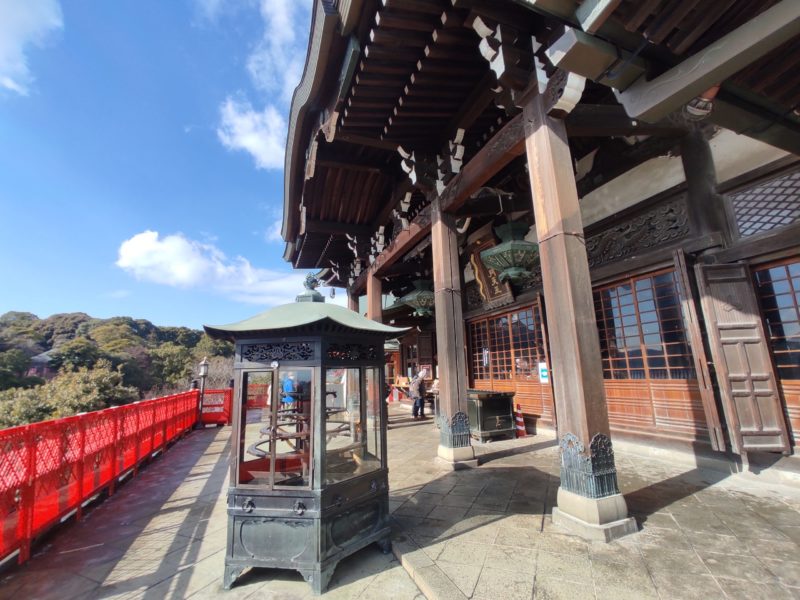
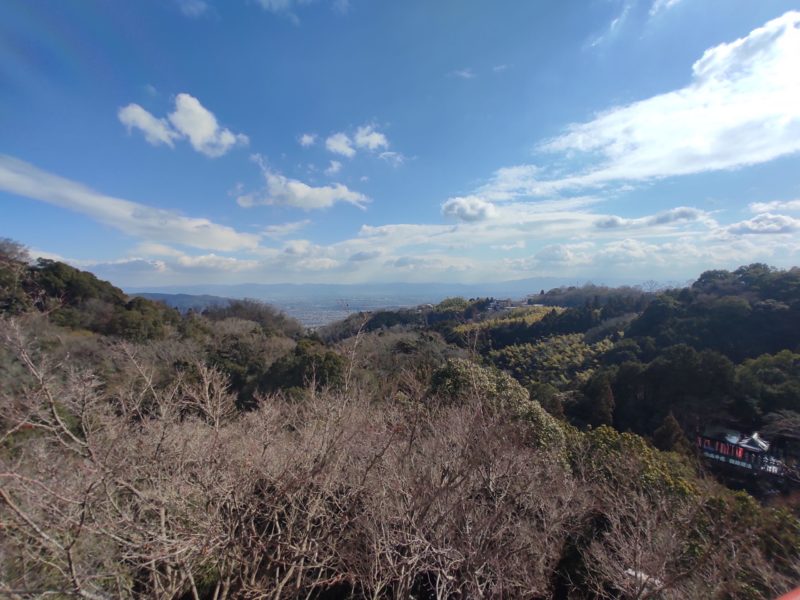
Things to Do at Shigisan
■Kaidan-meguri dark maze
Although not very intricate, the path takes you down a set of stairs and around in a simple loop. The challenge is that you must pass through the passage in complete darkness. Inside, you will encounter a small display of 8 bodhisattva each labeled with different years of the zodiac. When you find the bodhisattva you are supposed to focus on the one representing your birth year, while giving thanks for your daily life.
Afterwards you move forward in search of the wish-fulfilling jewel, which is locked behind a door. If you are able to find the lock in darkness you may be granted one wish.

■Buy charm to take home or write down your prayers
Write your prayers on a gourd and take it home with you. Place your miniature gourd at your home facing east.
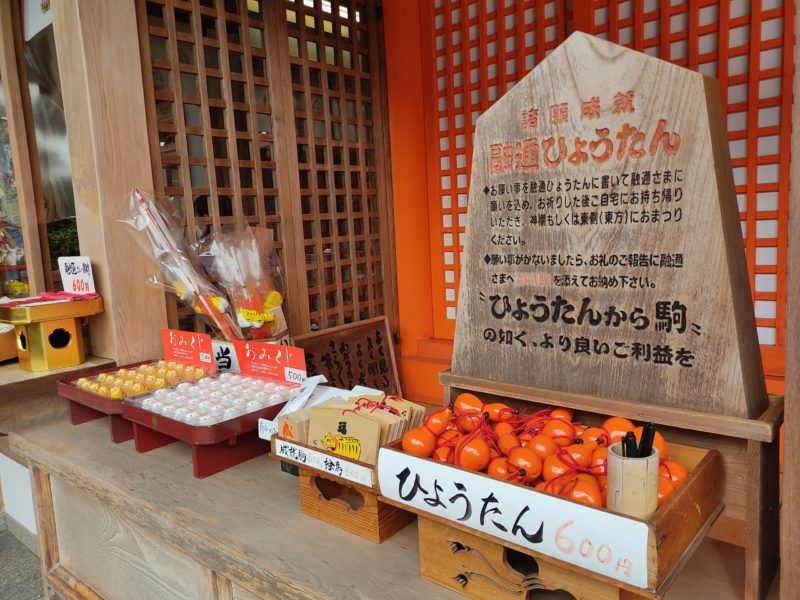
The temple also sells fortunes encapsulated in small tigers or this year’s zodiac animal. Plus there are a selection of votive plaques where you can write your special prayers to hang at the temple and all manner of omamori (good luck charms).
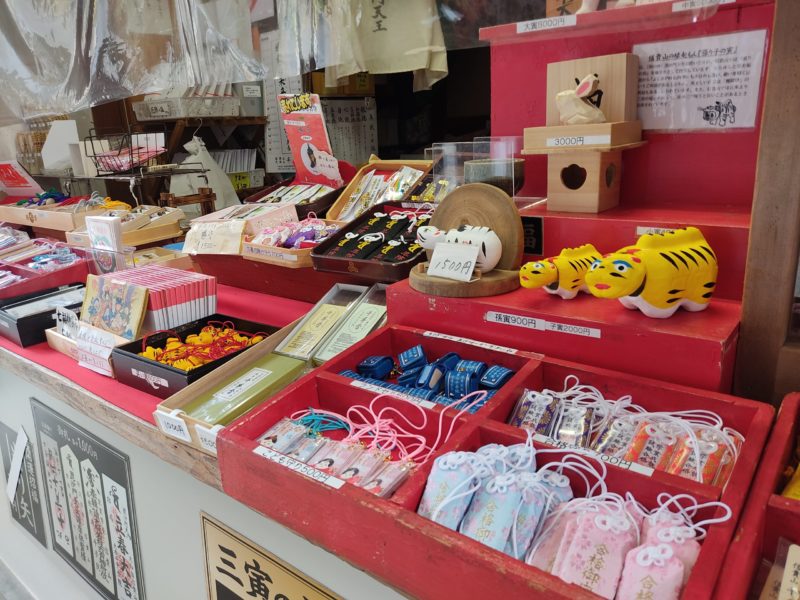
■88 Temples of Shikoku
Dedicated followers of Buddhism may undertake the famous pilgrimage to all 88 temples on the island of Shikoku, which the famous monk and founder of esoteric Shingon Buddhism Kūkai aka Kо̄bо̄ Daishi(774–835) visited in his lifetime. The journey is approximately 12,000 kilometers.
As the journey is too long and prohibitive for many, some temples have replicas of the objects of worship and stones for each of the temples. This alternative one-stop pilgrimage is known as Shikoku hachijūhachi kasho no osumifumi and Shigisan has one!
Just next to Jyofuku-in, you’ll find an alley of 88 stones, which you can step on one-by-one and virtually visit each of the 88 temples.
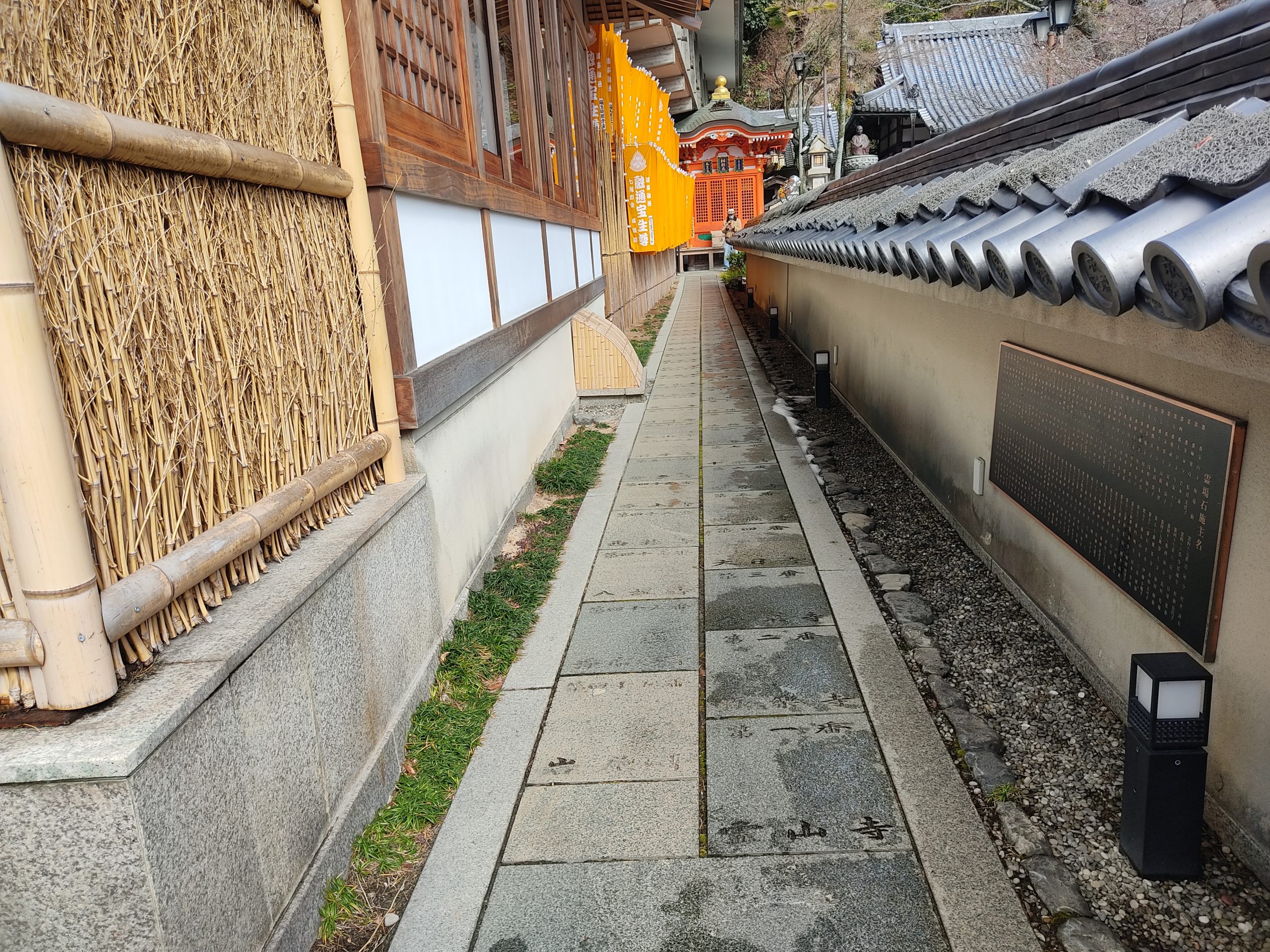
■Tiger Tunnel
Next to the Senjyu-in building there is a long tiger-shaped tunnel with yet another line of stones for the 88 Shikoku temples. To reach the stones you walk in through a tiger’s mouth and come out the other side. Unlike the outdoor stones, there is a small fee to go through the tiger tunnel, but it’s lots of fun for kids!
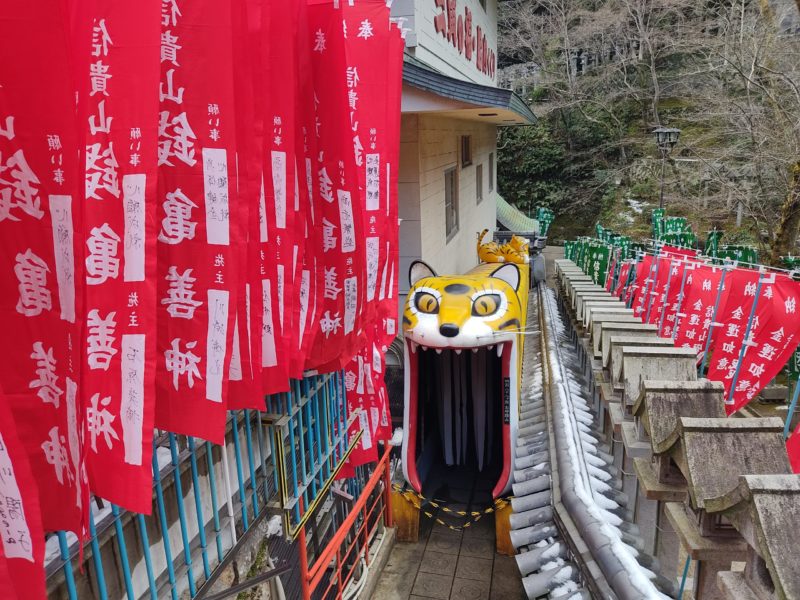
■Sitting Stone
Before you head into the tiger tunnel mouth, pop a squat on the koshi kaki ishi stone
to prevent yourself from becoming a burden to the younger generations. This one is great for those approaching old-age!
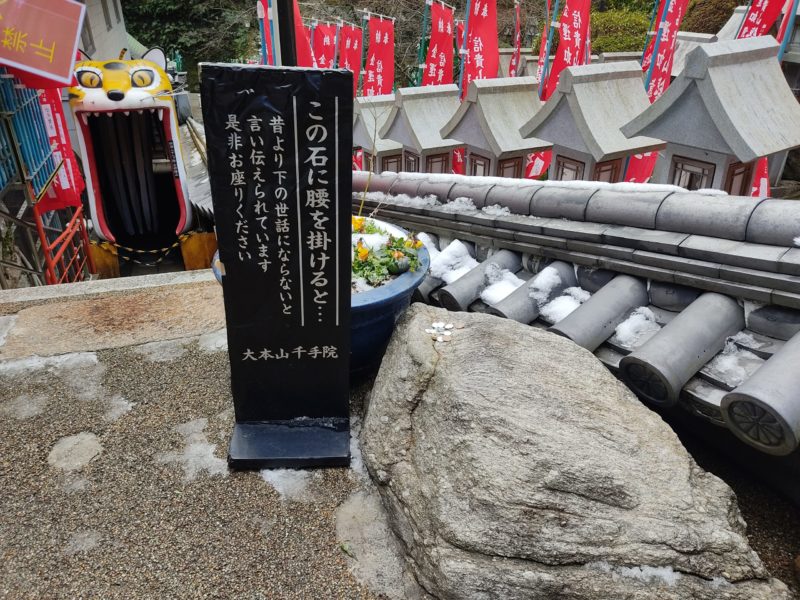
■Tiger Festival
The Tiger Festival (Tora Matsuri) is held on the last Saturday & Sunday of February, the month of the tiger. In addition to special prayers, there will be a parade of people born in the year of the tiger, festival stalls, live music, and more.
There is also a small waterfall “Benzaiten no Taki” and Shigisan Castle Ruins nearby.
Staying the Night—Shukubo Temple Lodgings
Three different monasteries in Shigisan offer shukubo (temple lodgings) which can be booked at: Gyokuzo-in, Jyofuku-in, or Senjyu-in.
Guests stay overnight at the temple and may choose from traditional kaiseki cuisine or the vegetarian Buddhist meals (shōjinryōri). The temples also offer guests a chance to participate in morning rituals like the burning of homa prayer sticks and praying the Sutra.
For Thrill-Seekers
If you’re feeling brave, why not jump off a bridge? Directly connected to the temple grounds, Kaiun Bridge (開運橋) is Japan’s oldest cantilever bridge and a Registered Tangible Cultural Property. Plus it’s got a bungee jump platform on top!
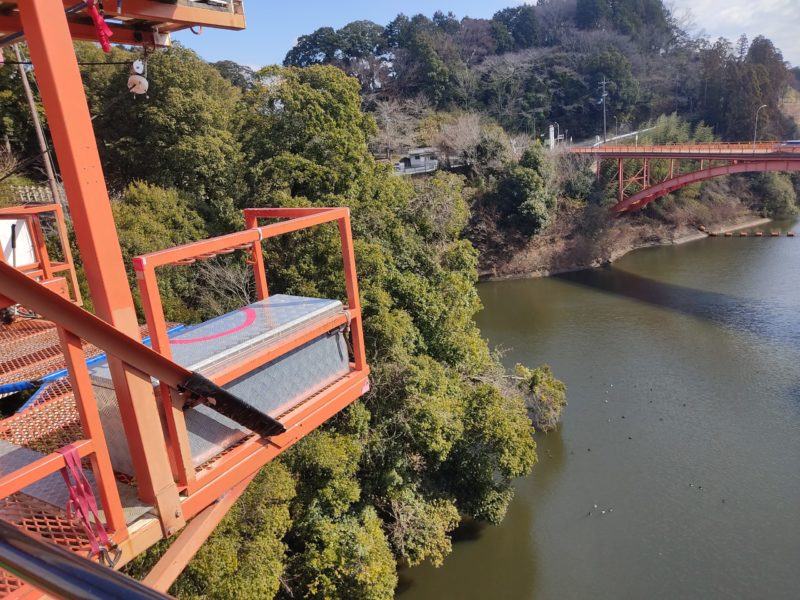
The drop is 30 meters and you’ll be plunging straight towards a calm reservoir surrounded by lush scenery. Should you be so inclined, the fee is ¥12,000 per person and you must be at least 13 years of age and between 40–100kg. For more details see the Bungy Japan Site.
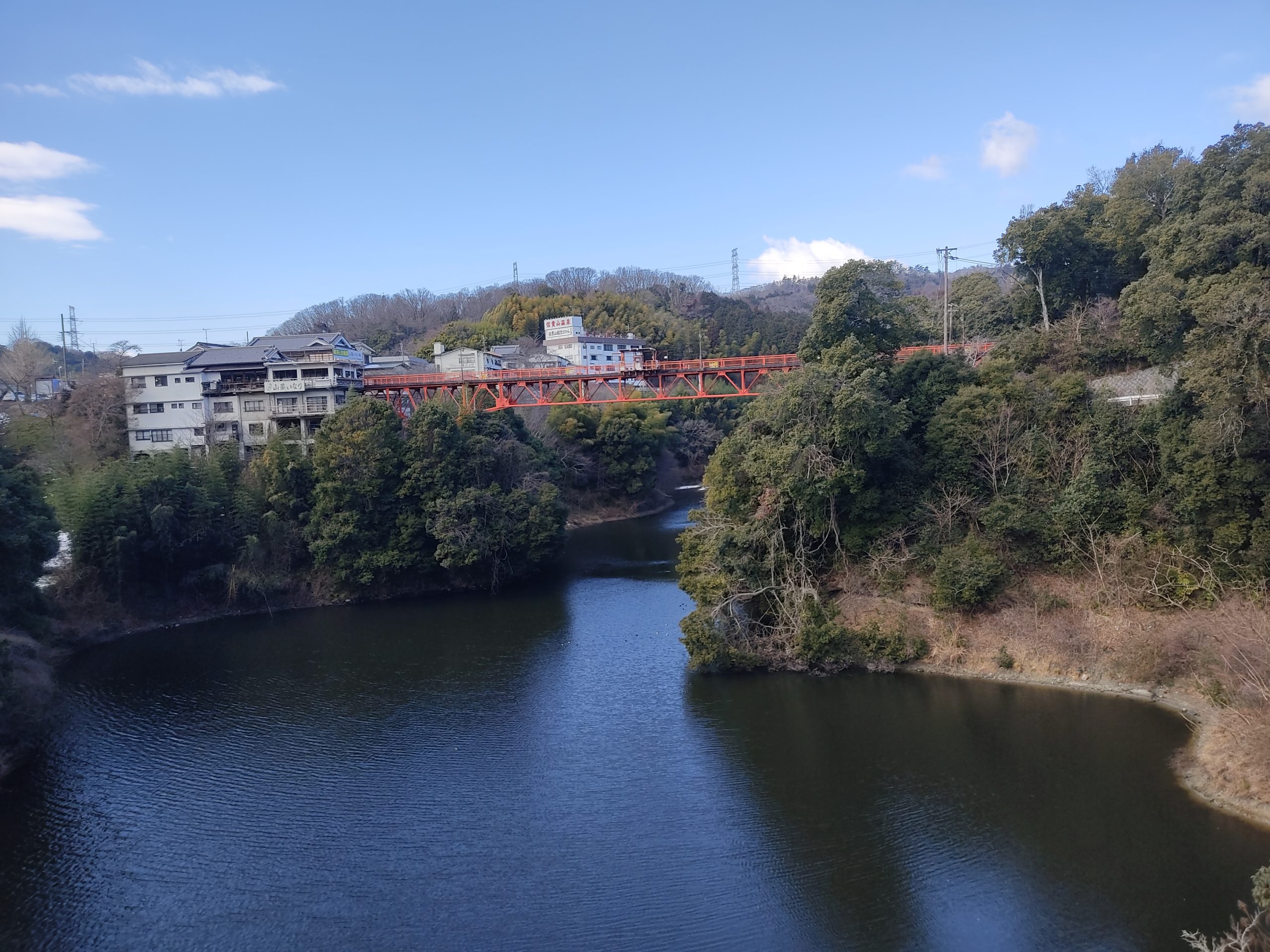
Getting to Shigisan Temple
Shigisan is located just on the other side of the Ikoma Mountain Range, which forms a border between Osaka and Nara Prefectures. And unless you have access to a car, your best option is to take a bus up to the temple. Like many Buddhist retreats, it is located far up on a mountain which not only physically separates it from worldly affairs, it also means there’s a great view and it’s cold enough to get snow.
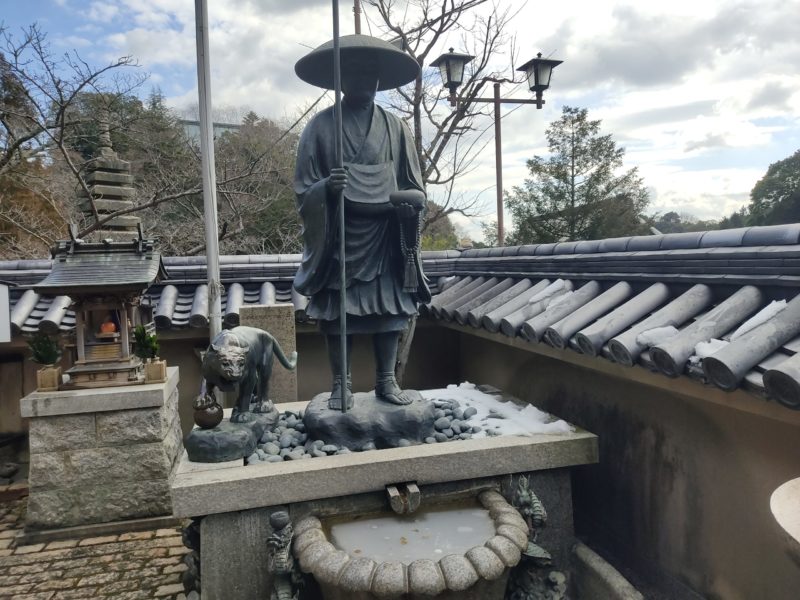
Depending on your point of departure and your train preference there are a few different routes to consider. But don’t despair, it’s pretty simple…
From JR (Namba or Tennōji), head to О̄ji Station on the Yamatōji Line. From there, hop on the #42 bus for 8 stops and get off at Shigiohashi Bus Stop. The temple is a short walk from there.
On the Kintetsu Railway, head to Shigisanshita Station and then take the #42 bus for 6 stops to Shigiohashi Bus Stop. The temple is a short walk from there.
Alternatively, if you want to spend a little more money, you could take the more complicated route that includes a cable car ride. This route is recommended if you’re a train person. From Shigisanguchi Station on the Kintetsu Railway take a 7 minute ride up the mountains range on the Kintetsu Nishi-Shigi Cable. At the first and final stop, transfer to the bus headed for Shigisanmon. Get off at the final stop, Shigisanmon Bus Stop.
Whichever route you take, it’s approximately 1.5 hours from the center of Osaka. The location is perfect for a day-trip from Osaka and a night in temple lodgings would make your trip that much more memorable. It’s probably not on your itinerary yet, but it definitely should be!

Supporter
The contents of this page were current at the time it was posted, but may differ from the present.
Text visible in this map is based on information from Map Tiler and may differ from actual geographical names.

